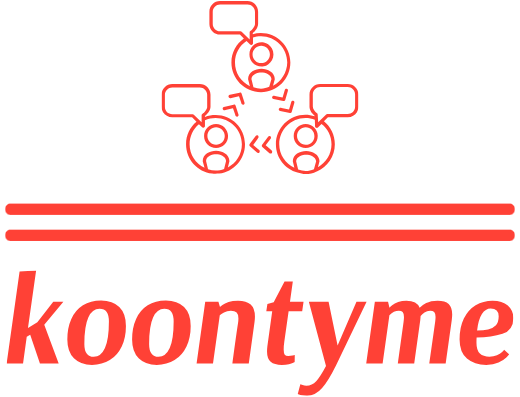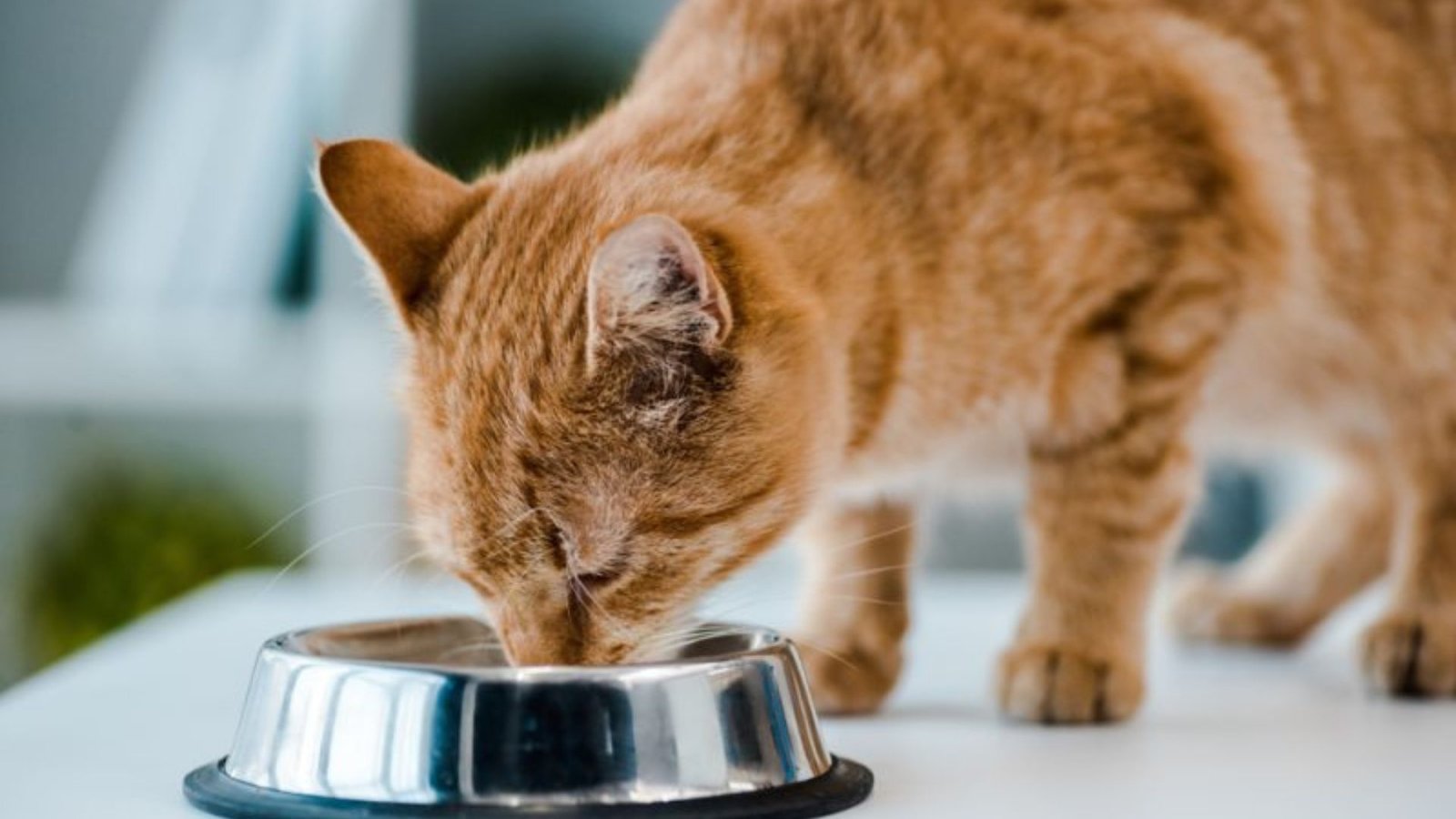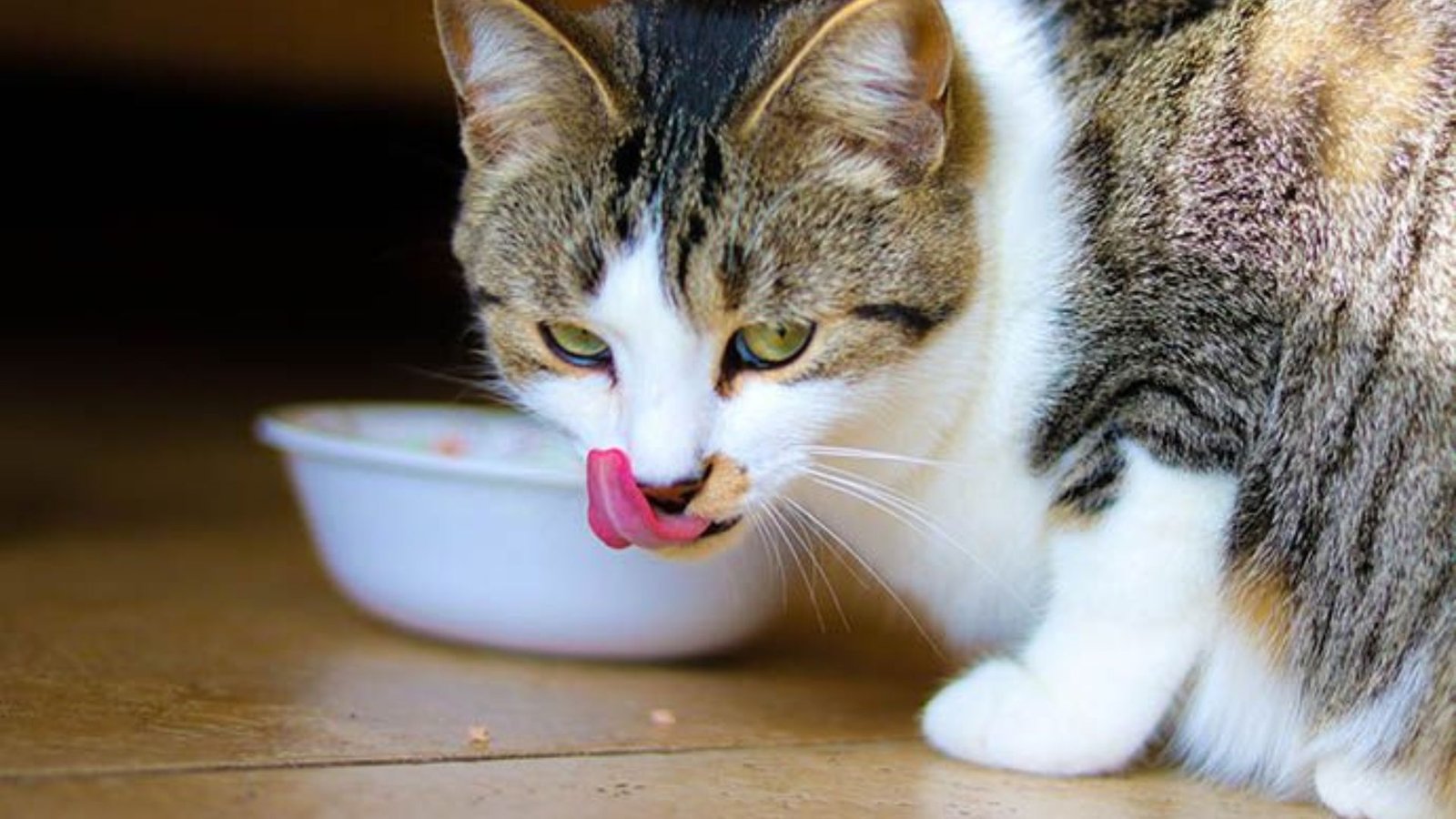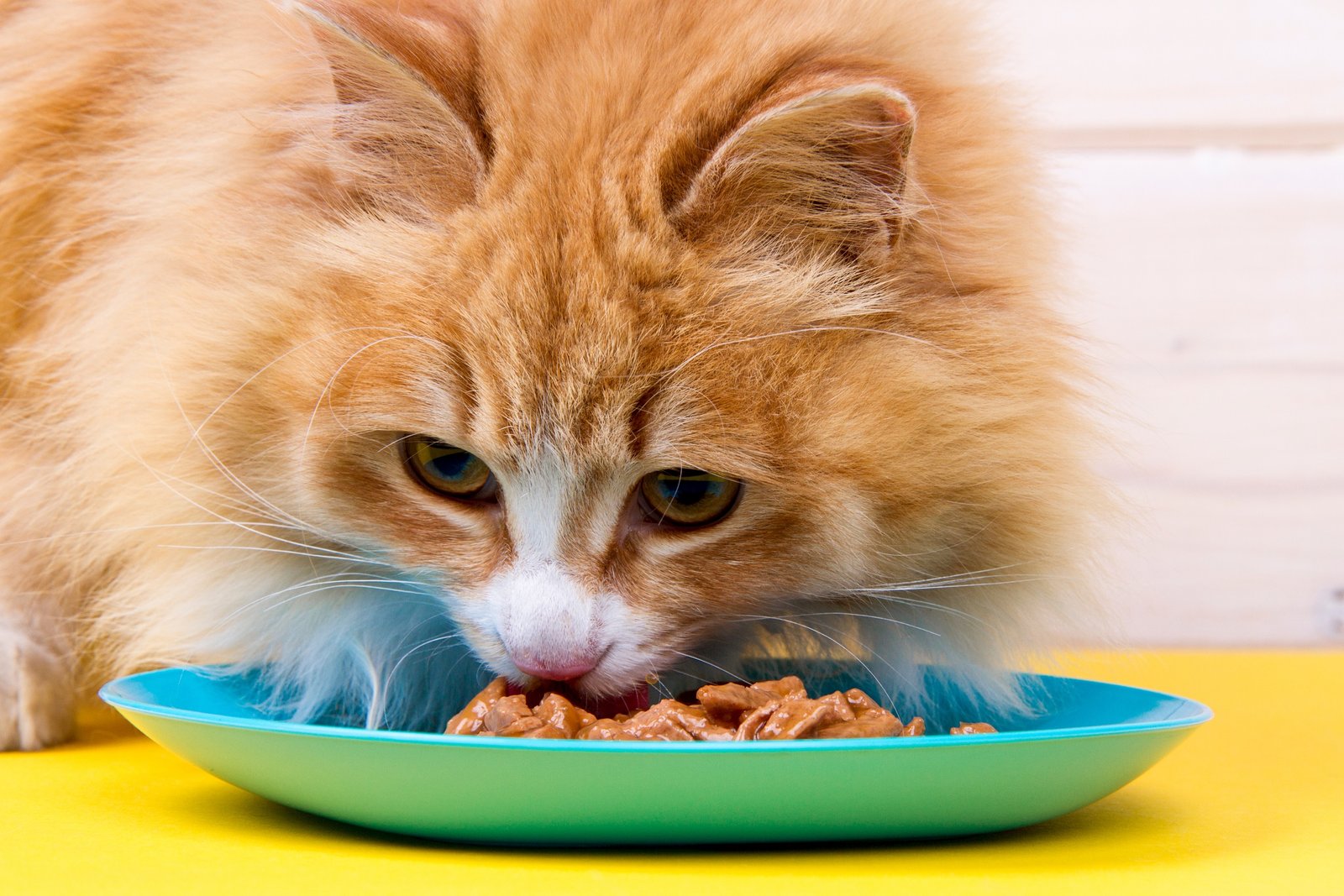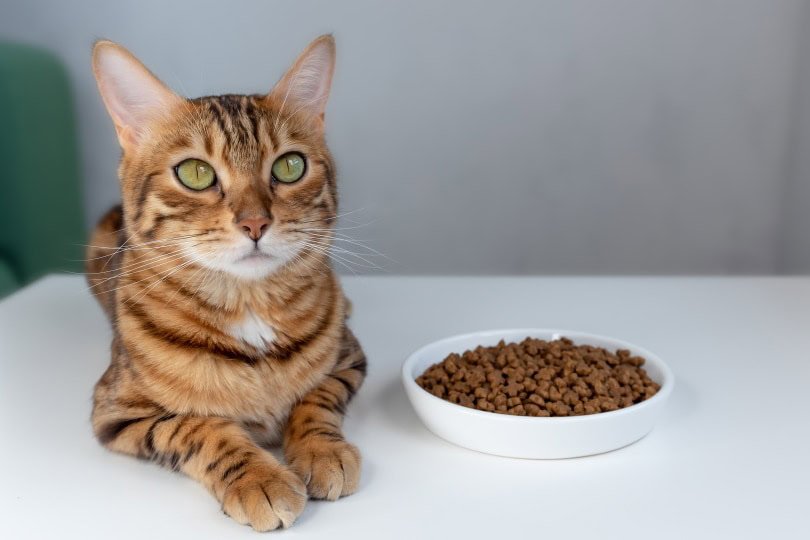Choosing the right cat food can be challenging, especially with so many options available. Unfortunately, not all ingredients in cat food are beneficial for your cat’s health. Some can cause digestive issues, allergies, or long-term health problems. Knowing which ingredients to avoid in cat food will help you make better decisions for your cat’s diet and overall well-being.
In this article, we will discuss the most common harmful ingredients in cat food and explain why they should be avoided.
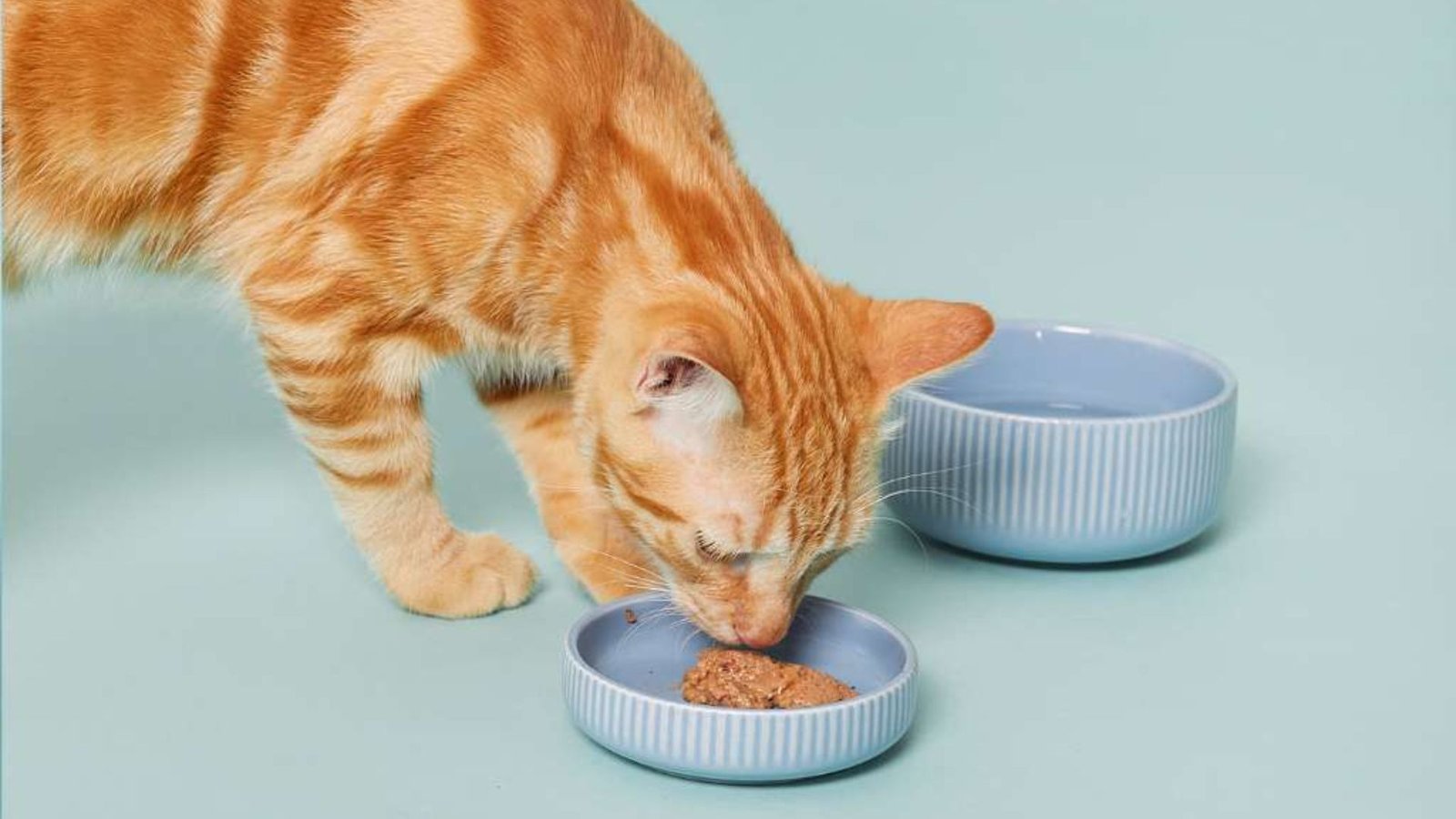
1. By-Products
One of the most common and controversial ingredients found in some commercial cat foods is by-products. These are leftover parts of animals that are not typically considered high-quality protein sources, such as bones, feathers, and organs. While by-products may be cheap and provide some protein, they are often of lower quality than whole meats.
- Why Avoid It: By-products are usually less nutritious and may contain fillers that don’t provide the essential amino acids and nutrients your cat needs.
- What to Look For: Opt for cat food that lists real meat (like chicken, turkey, or beef) as the first ingredient, not by-products.
2. Corn, Wheat, and Soy
Many cat foods contain grains like corn, wheat, and soy as fillers. While some cats can tolerate grains, they are not necessary for a cat’s diet since cats are obligate carnivores. These ingredients are often used to bulk up food at a low cost.
- Why Avoid It: Cats have difficulty digesting grains, and they provide little nutritional value. Grains can also cause digestive upset, allergies, or skin problems in sensitive cats.
- What to Look For: Choose grain-free cat foods that focus on animal-based proteins, like chicken, turkey, or fish, and provide a more biologically appropriate diet for cats.
3. Artificial Colors, Flavors, and Preservatives
Many commercial cat foods contain artificial colors, flavors, and preservatives to make the food more appealing or to extend its shelf life. These chemicals are not necessary for a cat’s health and can cause long-term health issues.
- Why Avoid It: Artificial additives can lead to allergic reactions, digestive issues, and behavioral problems. Some preservatives, like BHA, BHT, and ethoxyquin, have been linked to health concerns like cancer or liver damage in animals.
- What to Look For: Look for foods that are free from artificial additives. Natural preservatives like vitamin E and vitamin C are much safer and just as effective.
4. Sugar and Sweeteners
Sugar, corn syrup, and other sweeteners are often added to cat food to make it taste better. While humans enjoy sweet flavors, cats do not need added sugars, and these ingredients offer no nutritional value.
- Why Avoid It: Cats cannot taste sweetness, and sugar can lead to obesity, diabetes, and other health issues. These ingredients also contribute to dental problems, such as tooth decay.
- What to Look For: Choose foods that do not contain any added sugars or sweeteners like corn syrup. Focus on foods with high-quality protein and natural flavoring from meat or fish.
5. Excessive Carbohydrates
Carbohydrates, such as those found in grains and potatoes, are not naturally part of a cat’s diet. Cats require high protein and fat, not a lot of carbohydrates, which their bodies are not designed to process efficiently.
- Why Avoid It: Excessive carbs can lead to weight gain and obesity in cats, especially if they are not getting enough protein. High-carb diets can also cause blood sugar spikes, which can contribute to diabetes over time.
- What to Look For: Look for a high-protein diet with little to no fillers. Low-carb foods with animal-based ingredients are ideal for your cat’s digestion and overall health.
6. Rendered Fat
Rendered fat is a by-product of animal processing, often found in low-quality cat foods. It’s typically made from leftover animal parts and cooked at high temperatures, which can degrade the fat and make it less nutritious.
- Why Avoid It: Rendered fat can contain harmful by-products and may not provide the high-quality omega-3 and omega-6 fatty acids that your cat needs for a healthy coat and skin.
- What to Look For: Look for foods with named fats, such as chicken fat or salmon oil, which provide essential fatty acids and are better for your cat’s health.
7. Fillers and Low-Quality Proteins
Some cat foods are packed with fillers, like peanut hulls, cellulose, or sawdust, which are used to bulk up the food but provide little nutritional value. Additionally, low-quality proteins, such as meat meals or meat derivatives, may not provide the amino acids that cats need for muscle growth and overall health.
- Why Avoid It: Fillers and low-quality proteins do not provide your cat with the necessary nutrition. They may also cause digestive problems or food allergies.
- What to Look For: Look for a food that lists whole meat or meat meal (from a specific animal source, like chicken or turkey) as the first ingredient. This will ensure your cat is getting high-quality protein.
8. Tuna or Fish by-Products
While fish can be a healthy source of omega fatty acids for your cat, fish by-products or tuna should be avoided in large amounts. Some types of fish, like tuna, may contain high levels of mercury, which can accumulate in your cat’s system over time.
- Why Avoid It: Fish by-products are often lower quality and may cause digestive issues. Excessive fish consumption, especially tuna, can lead to mercury poisoning and other health problems.
- What to Look For: Limit the amount of fish in your cat’s diet. Opt for sustainable, named fish sources, like salmon or whitefish, in moderation.
9. Artificial Meat Proteins (like “Meat Meal” without Specification)
Some low-quality cat foods use meat meal as a protein source, but they don’t specify the source of the meat. It could be any animal or even an unidentified mixture of various meats.
- Why Avoid It: The lack of specificity means you don’t know what exactly your cat is eating. It could contain meat from animals that were sick, diseased, or of low nutritional quality.
- What to Look For: Look for food that specifies the meat source, such as chicken meal, lamb meal, or turkey meal. This ensures your cat is getting a quality, identifiable protein source.
10. High Salt Content
Salt, or sodium, is an essential mineral for cats, but it needs to be included in proper amounts. Some commercial cat foods add excessive amounts of salt to enhance flavor.
- Why Avoid It: Too much salt can lead to kidney problems, high blood pressure, and dehydration. Cats are already prone to kidney disease, so excess salt can worsen their health.
- What to Look For: Check the sodium content and choose cat foods with a balanced amount of salt. Be cautious of foods with added sodium chloride or salt listed high on the ingredient list.
Conclusion
When choosing cat food, it’s important to avoid harmful ingredients like by-products, grains, artificial additives, and excessive carbs. Focus on high-quality, animal-based proteins and foods that provide essential nutrients without unnecessary fillers. Always read the ingredient list carefully and opt for natural, wholesome ingredients that support your cat’s overall health.
By selecting the right cat food, you can help your feline friend live a longer, healthier life. If your cat has special dietary needs or allergies, consulting with your veterinarian can help you choose the best food for their specific condition.
